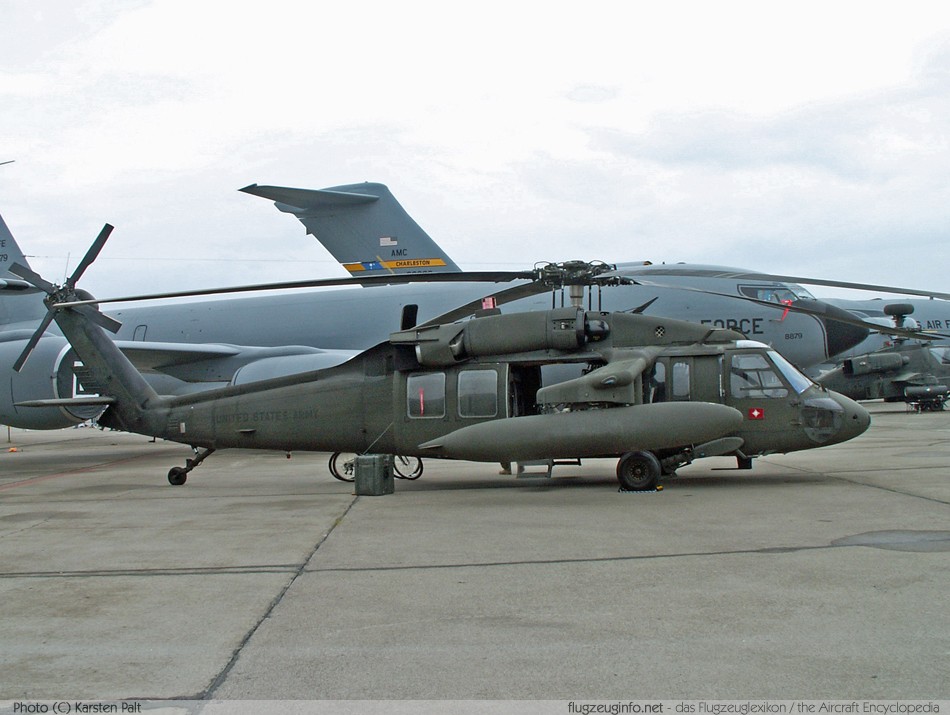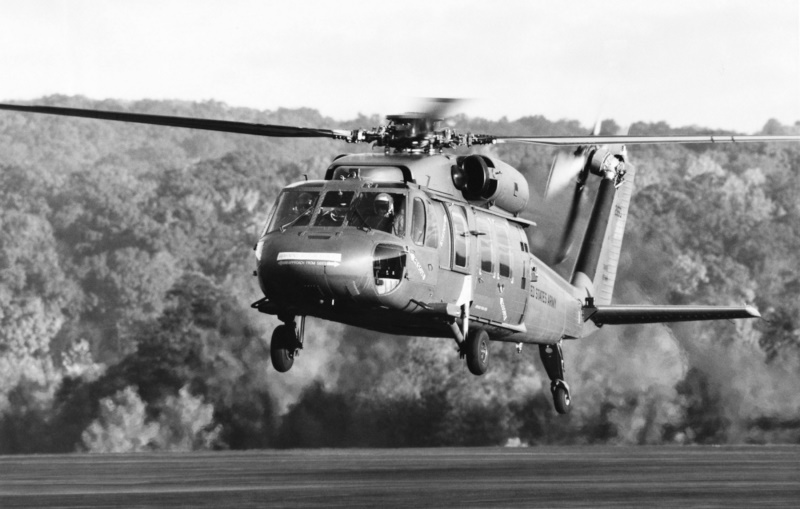High-Performance Multi-Role Rotorcraft Featuring Advanced Cabin Technologies and Integrated Sensor Systems
The realm of rotorcraft modern technology has seen remarkable developments in current times, especially in the world of high-performance multi-role rotorcraft geared up with cutting-edge cabin technologies and perfectly incorporated sensor systems. These developments have not only augmented the operational capabilities of rotorcraft but have actually additionally substantially influenced modern aeronautics procedures on numerous fronts. From boosted goal convenience to enhanced operational effectiveness, the merging of sophisticated cockpit innovations and incorporated sensing unit systems has ushered in a brand-new era of opportunities for rotorcraft applications. In the complying with conversation, we will certainly explore the development of rotorcraft innovation, look into the world of sophisticated cockpit innovations, and check out the ramifications of integrated sensor systems on the functional flexibility and performance of modern-day rotorcraft.
Advancement of Rotorcraft Technology
The advancement of rotorcraft technology has been noted by substantial improvements in the rules of aerodynamics, materials, and propulsion systems, shaping the capacities and performance of contemporary rotorcraft. In addition, innovations in propulsion systems, consisting of much more powerful engines and cutting-edge propulsion modern technologies, have actually allowed rotorcraft to accomplish higher elevations, faster rates, and higher hauls.
These developments have not only changed the abilities of rotorcraft however have also increased their applications across different sectors, consisting of army, commercial, and emergency situation solutions. The constant development of rotorcraft innovation proceeds to drive innovation in the field, pushing the boundaries of what is feasible and shaping the future of vertical trip.
Advanced Cockpit Innovations
Structure upon the fundamental improvements in aerodynamics, materials, and propulsion systems, the realm of rotorcraft innovation now shifts emphasis in the direction of pioneering Advanced Cockpit Innovations. The assimilation of advanced modern technologies within the cabin setting plays a critical role in enhancing the operational capabilities, security, and performance of modern-day rotorcraft. sikorsky s 70. Advanced Cockpit Innovations include a wide range of functions developed to provide pilots with improved situational recognition, structured data management, and instinctive control user interfaces
One of the key innovations in cockpit layout is the implementation of glass cockpits, which change conventional analog gauges with high-resolution displays. These electronic systems provide adjustable designs, real-time data assimilation, and improved readability, enabling pilots to gain access to important details at a glance. Progressed avionics systems, such as fly-by-wire controls and increased reality display screens, are reinventing how pilots engage with the airplane, permitting for exact control and improved decision-making capabilities.


Integrating advanced cabin advancements not only enhances pilot performance however additionally adds to general mission efficiency and safety in complex operational settings. By leveraging advanced modern technologies within the cabin, rotorcraft suppliers are establishing brand-new criteria for operational quality and mission success.
Integrated Sensor Equipments
With the advancement of rotorcraft modern technology, the combination of advanced Integrated Sensor Equipment has actually ended up being critical in enhancing operational performance and safety. These Integrated Sensing unit Solutions include a vast array of modern technologies that offer vital information for different functions such as navigating, security, targeting, and environmental surveillance. By seamlessly integrating sensing units like radars, cameras, lidar, and infrared systems into rotorcraft, drivers can benefit from boosted situational awareness, boosted mission capacities, and minimized pilot workload.
One key advantage of Integrated Sensing unit Equipments is their capacity to collect real-time information and give actionable insights to pilots and mission drivers. Advanced radar systems can find and track targets over long distances, enabling for very early danger detection and effective feedback planning. Furthermore, integrating electro-optical and infrared cameras allows rotorcraft to conduct reconnaissance and surveillance objectives with accuracy and precision.
Essentially, the integration of innovative sensor innovations into rotorcraft not only enhances functional efficiency however additionally adds significantly to overall mission success and staff safety and security. As rotorcraft remain to progress, the duty of Integrated Sensing unit Solution will undoubtedly remain read at the forefront of technology in the aerospace market.
Functional Versatility and Effectiveness
Enhancing functional flexibility and performance in rotorcraft is an all-natural development from the integration of advanced Integrated Sensor Systems. By leveraging the understandings and data provided by these advanced sensor systems, rotorcraft can optimize their performance across various missions and environments.
Operational flexibility incorporates the capacity of rotorcraft to adapt to different functions and situations effectively. With sophisticated cabin technologies and integrated sensor systems, rotorcraft can flawlessly transition between tasks such as search and rescue, clinical discharge, monitoring, and more. This adaptability improves the rotorcraft's ability to fulfill diverse operational demands without needing substantial reconfiguration.
Effectiveness in rotorcraft operations is crucial for taking full advantage of mission performance and source usage. Integrated sensing unit systems play a pivotal duty in improving functional efficiency by offering real-time information on weather, surface mapping, target tracking, and a lot more. This information enables pilots to make enlightened click here now decisions swiftly, enhance flight courses, preserve fuel, and improve general mission performance.
Influence On Modern Aviation Procedures

In addition, the combination of sophisticated sensing units helps with boosted objective preparation and execution, enabling rotorcraft to do a vast array of jobs with enhanced accuracy. From search and rescue procedures to airborne firefighting and police goals, the capacities of modern-day rotorcraft equipped with advanced cockpit technologies and important source integrated sensor systems are unrivaled.
Moreover, the effect of these improvements extends past operational performance to cost-effectiveness and sustainability. By enhancing trip paths, gas consumption, and upkeep routines, high-performance rotorcraft furnished with advanced cabin innovations and sensors add to decreasing operational prices and ecological effect, making them essential properties in modern-day air travel procedures.
Conclusion
Finally, the high-performance multi-role rotorcraft with sophisticated cabin innovations and integrated sensor systems represents a significant development in air travel innovation. These advancements boost operational versatility and effectiveness, eventually affecting modern aeronautics procedures in a favorable method. The combination of these sophisticated technologies enables enhanced capacities and efficiency in different objective situations, showcasing the continued development of rotorcraft technology in the aviation industry.
The world of rotorcraft modern technology has actually seen notable improvements in recent times, specifically in the realm of high-performance multi-role rotorcraft furnished with advanced cabin innovations and flawlessly incorporated sensor systems. From boosted goal adaptability to enhanced operational performance, the convergence of sophisticated cabin technologies and integrated sensor systems has actually ushered in a brand-new age of opportunities for rotorcraft applications. In the complying with conversation, we will certainly check out the advancement of rotorcraft modern technology, dig right into the world of innovative cockpit technologies, and analyze the implications of integrated sensing unit systems on the operational adaptability and effectiveness of modern rotorcraft.

Comments on “The Sikorsky S 70 Helicopter: A Deep Dive into Its Design and Efficiency”